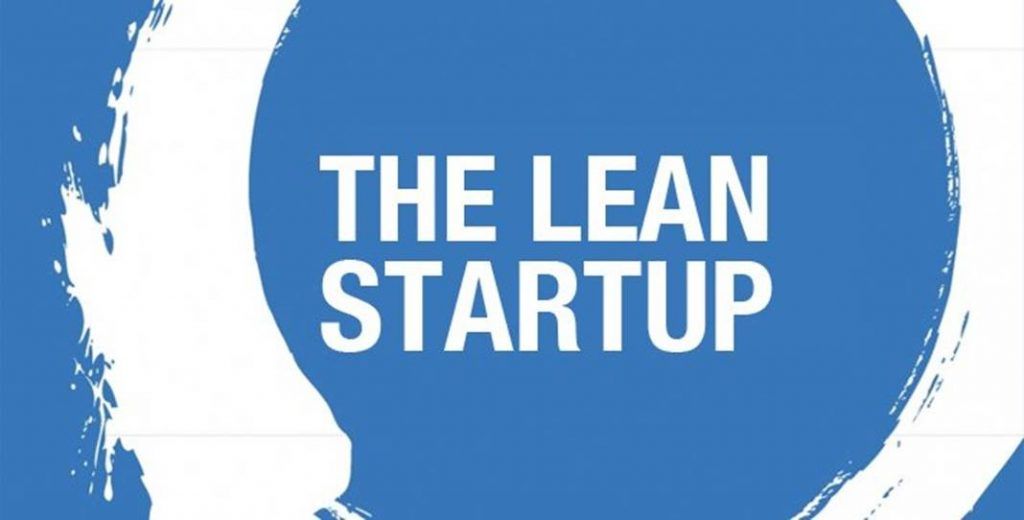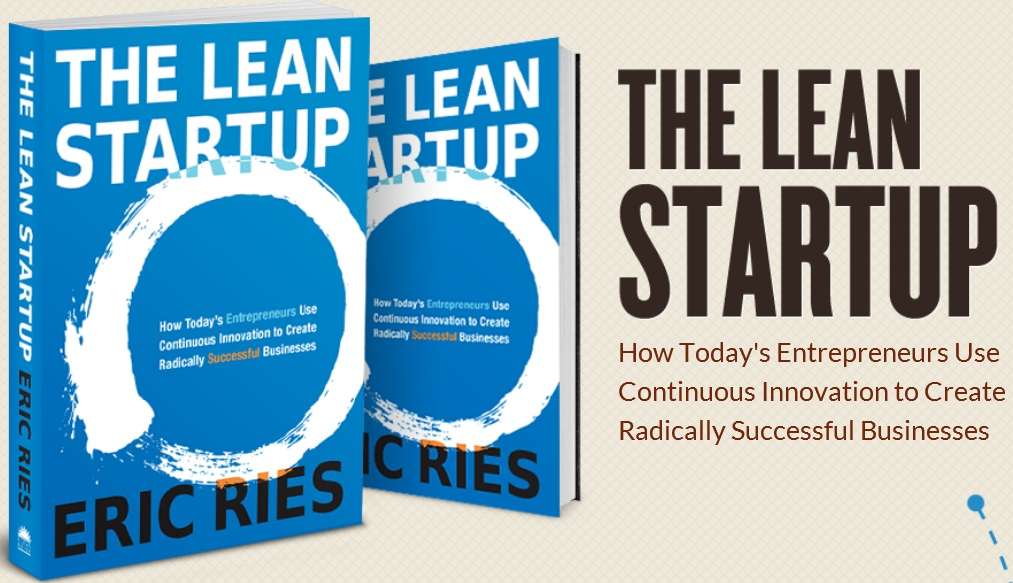“The Lean Startup” by Eric Ries is a book that explores a methodology for building and growing successful businesses. Ries introduces the concept of the “lean startup,” which prioritizes experimentation, rapid prototyping, and customer feedback in the product development process.
The book emphasizes the importance of creating a Minimum Viable Product (MVP), which is the simplest possible version of a product that can be tested with real customers. This allows entrepreneurs to validate their ideas quickly and with minimal investment, before committing significant resources to building a full-fledged product.

Ries also introduces the Build-Measure-Learn feedback loop, which is at the core of the lean startup methodology. This loop involves continually building new iterations of the product, measuring how customers respond to those iterations, and learning from that feedback to improve the product further.
Additionally, the book explores the concept of “validated learning,” which is the process of using data and customer feedback to make informed decisions about a business. Ries argues that startups should focus on learning from their customers and using that information to guide their development process, rather than relying on assumptions or intuition.

THE LEAN STARTUP BOOK CHAPTERS:
“The Lean Startup” by Eric Ries consists of 16 chapters, which can be summarized as follows:
Chapter 1: “Start” – Ries introduces the concept of the lean startup and explains how it differs from traditional business approaches.
Chapter 2: “Define” – Ries explains how to define a startup’s vision and mission, and how to use the Build-Measure-Learn feedback loop to refine them.
Chapter 3: “Learn” – Ries discusses the importance of continuous learning and using data to make informed decisions.
Chapter 4: “Experiment” – Ries explains how to use rapid experimentation to test hypotheses and validate assumptions.
Chapter 5: “Leap” – Ries discusses how to use innovation accounting to measure progress and make investment decisions.
Chapter 6: “Test” – Ries discusses how to test and validate assumptions through different types of experiments.
Chapter 7: “Measure” – Ries explains how to measure the success of a startup and how to use actionable metrics to drive growth.
Chapter 8: “Pivot (or Persevere)” – Ries discusses how to decide whether to pivot or persevere with a startup based on customer feedback and data.
Chapter 9: “Batch” – Ries discusses the benefits of working in small batches to achieve faster feedback loops and reduce waste.
Chapter 10: “Grow” – Ries discusses different strategies for achieving sustainable growth for a startup.
Chapter 11: “Adapt” – Ries discusses how to adapt to changing market conditions and customer needs.
Chapter 12: “Innovate” – Ries discusses how to foster a culture of innovation within a startup.
Chapter 13: “Epilogue” – Ries summarizes the key concepts and takeaways from the book.
Chapter 14: “The Lean Startup Movement” – Ries discusses the growth of the lean startup movement and its impact on entrepreneurship.
Chapter 15: “Entrepreneurship is Management” – Ries argues that entrepreneurship should be treated as a form of management, with a focus on continuous improvement and innovation.
Chapter 16: “The Lean Startup at GE” – Ries discusses how General Electric implemented the lean startup methodology within its organization.
In conclusion, “The Lean Startup” by Eric Ries presents a revolutionary approach to building and growing successful businesses. The book provides a practical framework for startups to test their assumptions, validate their ideas, and make data-driven decisions. Ries emphasizes the importance of continuous learning, rapid experimentation, and customer feedback, and encourages entrepreneurs to focus on creating a Minimum Viable Product to test their ideas quickly and with minimal investment.
*PLEASE NOTE-READ THE BOOK ALSO, SUMMERY IS THE SHORT EXPLANATION ABOUT THE BOOK IT IS IMPORTANT TO READ THE BOOK TO UNDERSTAND THE FULL CONCEPTS OF THE BOOK.
